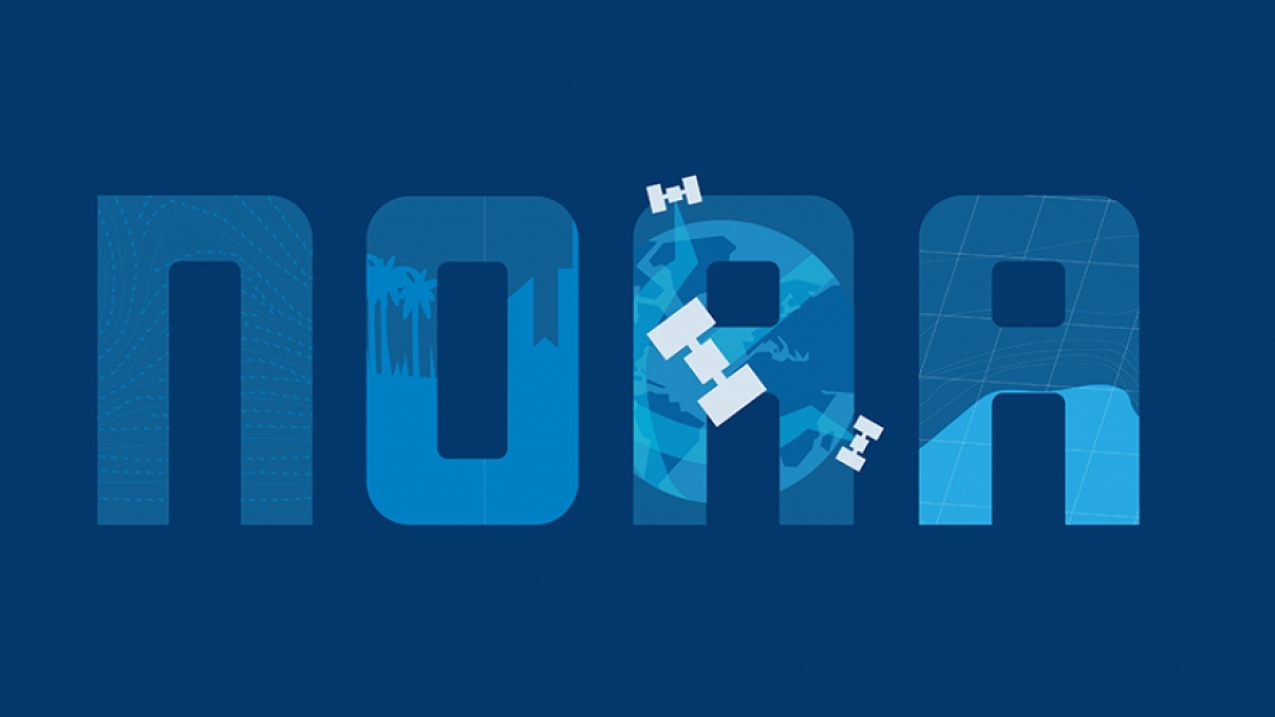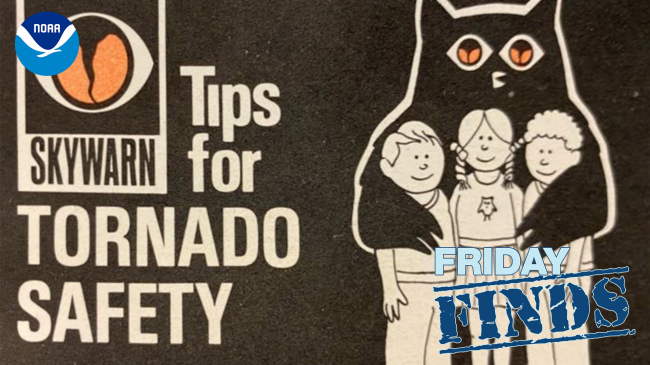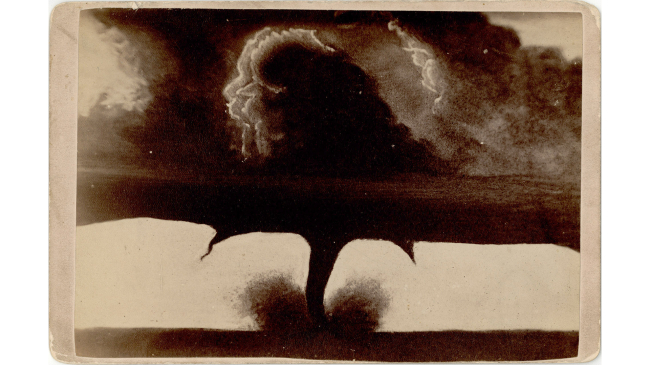Weather forecasters have long known that El Niño events can throw seasonal climate patterns off kilter, particularly during winter months. Now, new research from NOAA and the University of Washington suggests that a different way to detect El Niño could help forecasters predict the unusual weather it causes.

Welcome to noaa.gov (Image credit: NOAA)
A network of buoys that spans the Pacific, the TAO-Triton array, observes conditions in the upper ocean and is essential for forecasting El Niño months in advance, and for monitoring it as it grows and decays. A new study, just published in the February issue of the Journal of Climate offsite link, describes an atmospheric El Niño signal that is very strongly associated with U.S. winter weather impacts. Ed Harrison, Ph.D. of the NOAA Pacific Marine Environmental Laboratory in Seattle and Andrew Chiodi, Ph.D., of the NOAA Joint Institute for the Study of the Atmosphere and Ocean offsite link at the University of Washington, co-authored the paper.
El Niño, warmer than average waters in the Eastern equatorial Pacific (shown in orange on the map), affects weather around the world. A new study, just published in the February 2013 issue of the Journal of Climate offsite link, describes an atmospheric El Niño signal that is very strongly associated with U.S. winter weather impacts.
Download here (Credit: NOAA Visualization Lab)
“When it comes to El Niño’s weather impacts, we are always looking for ways to improve our forecasting skill,” said Harrison. “Our goal is to extract the most useful information to predict El Niño seasonal weather anomalies.”
Harrison and Chiodi looked at all El Niño events that were identified by sea surface temperature measurements since 1979. They then examined satellite imagery for these events and found that a subset of the events showed a sharp dip in heat radiating from the tops of deep convective clouds, an indicator known as outgoing long-wave radiation or OLR. When comparing the El Niño events to historical weather records, the scientists found that the El Niño events with drops in OLR were the ones most likely to play havoc with winter weather.
They also found that El Niño events with no corresponding drop in OLR did not produce statistically significant anomalies in weather patterns. The dip in heat from deep convective clouds usually occurred before winter, so the timing of the signal could help forecasters improve winter seasonal outlooks, the scientists said.
“By sorting El Niño events into two categories, one with OLR changes and one without, forecasters may be able to produce winter seasonal outlooks with more confidence than previously thought possible,” Harrison said.
El Niño refers to a warming of waters along the equator in the Eastern Pacific Ocean. Through its influence on the atmosphere, El Niño shifts tropical rainfall patterns which causes further shifts in weather around the globe, including milder winters in western Canada and parts of the northern United States and wetter winters in the some southern states.
Industry sectors from energy and construction to transportation and tourism are keenly interested in how El Niño will affect their costs. El Niño-influenced weather can affect fuel oil demand, travel delays, and retail sales. Better accuracy in El Niño predictions could help industry to prepare for its impacts more efficiently.
NOAA’s mission is to understand and predict changes in the Earth's environment, from the depths of the ocean to the surface of the sun, and to conserve and manage our coastal and marine resources. Join us on Facebook, Twitter, Instagram and our other social media channels.
Contact:
Linda Joy
301-734-1165



